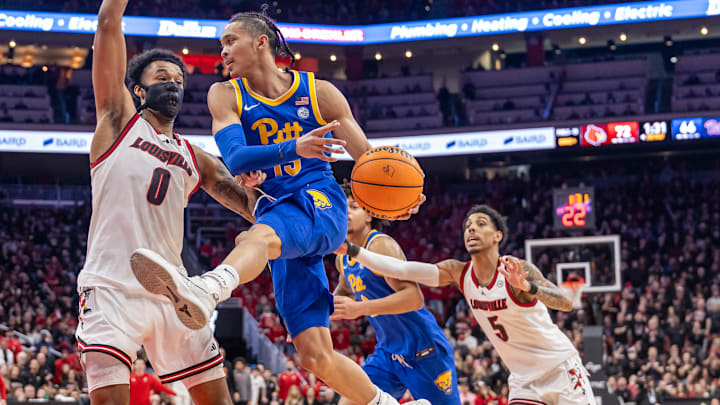In the era of NIL and the transfer portal arms race, one question gets whispered in every booster meeting and message board thread:
“How much are we spending to get these guys?”
Well, thanks to college basketball analytics wizard EvanMiya, we have a ballpark answer.
Using his Front Office Suite, EvanMiya released estimated NIL values for what teams are theoretically spending to build their transfer portal classes — based on current market rates and player value. These aren’t hard numbers, but they’re the closest peek behind the curtain we’ve seen yet.
And guess what? Kentucky is near the top.
💰 Estimated 2024 Transfer Portal Budgets (via EvanMiya.com)
- Michigan – $8.8M
- Kentucky – $7.6M
- Maryland – $7.1M
- Miami – $7.1M
- Iowa – $6.6M
- Virginia – $6.2M
- Washington – $5.9M
- Creighton – $5.6M
- Georgetown – $5.5M
- Xavier – $5.5M
Kentucky, under Mark Pope, is clearly investing heavily in this new roster, sitting behind only Michigan in total portal spending. It’s a sign the program is serious about contending now — not rebuilding.
But here’s where things get weird…
🔍 Louisville: No big spending, big results?
According to 247Sports’ transfer portal class rankings, Louisville ranks No. 2 in the country. Only Michigan ranks higher.
Yet the Cards are nowhere to be found in the top 10 spend estimates.
Either:
EvanMiya’s model is off, or Pat Kelsey might be pulling off the transfer portal version of "Moneyball."
If it’s the latter, Louisville could be on to something special (and scary for Big Blue Nation). If it’s the former, well, welcome to the Wild West of NIL math.
📈 How does Kentucky’s portal haul stack up?
According to 247Sports:
- Transfer Class Ranking: No. 3
- 4 Commits
- 95.50 rating
- 1 five-star, 3 four-stars
That matches the budget. Spend big, land big.
And Kentucky didn’t just rely on the portal either. Mark Pope also brought in one of the more intriguing high school classes in the SEC, blending experience with upside.
🧾 What this really means
We may never know the actual dollar figures tied to individual players — those details are locked behind contracts, collectives, and NDAs. But this is as close as we can get to understanding the financial landscape of college hoops.
Kentucky is spending what it takes to win. Whether that $7.6 million turns into Final Four banners or a bloated roster remains to be seen. But the investment is real.
And for fans of both blue and red, there’s a new kind of scoreboard to watch — and it doesn’t light up in the Yum Center or Rupp Arena.
